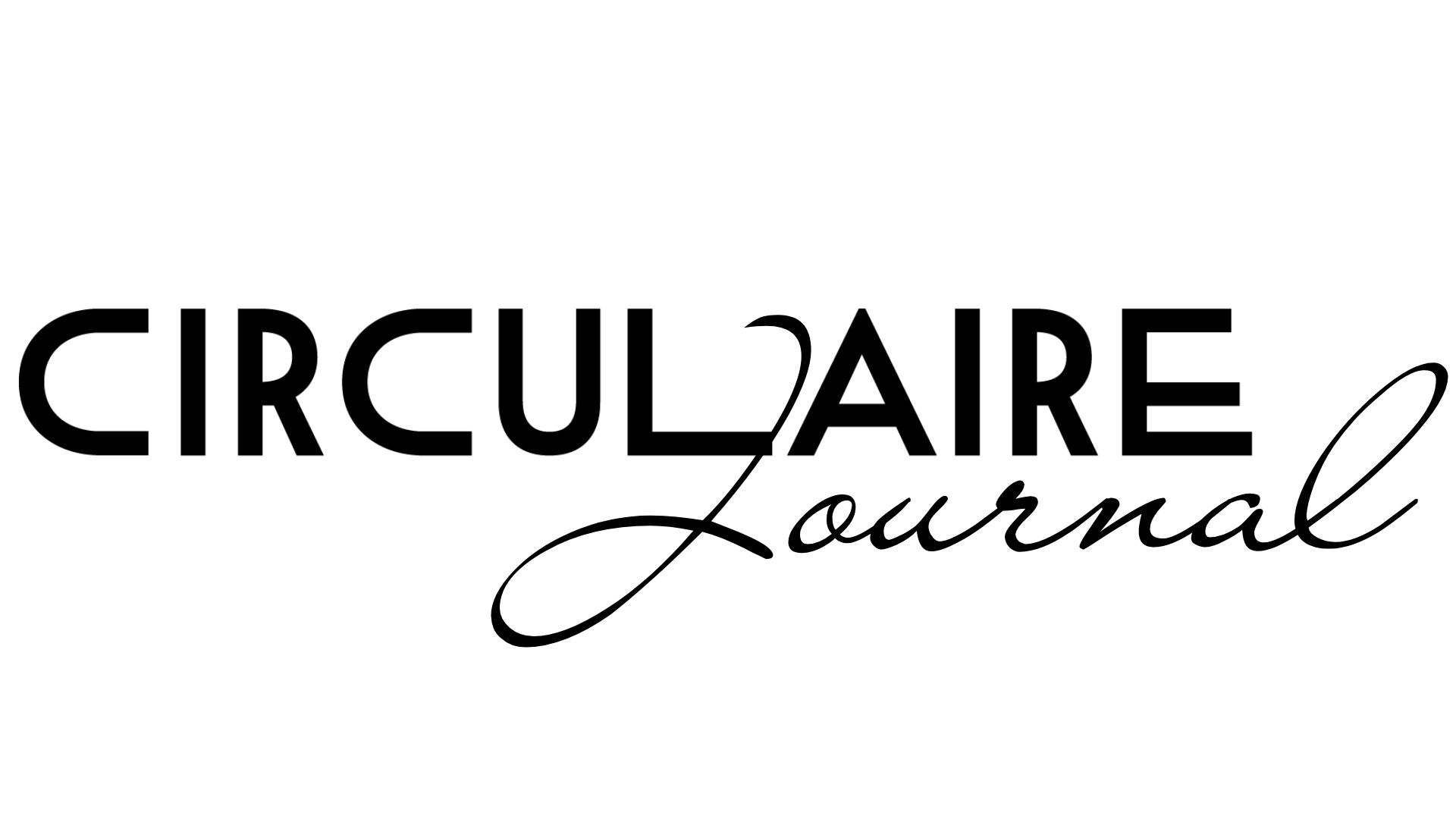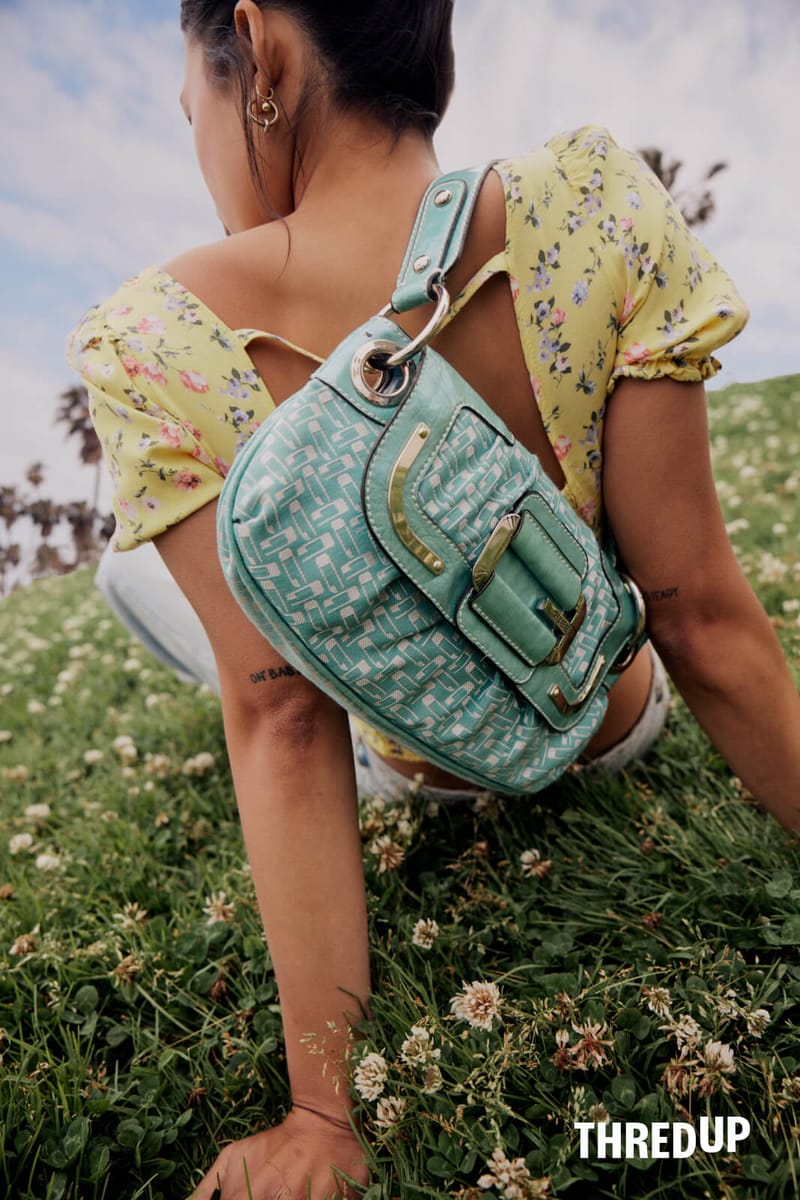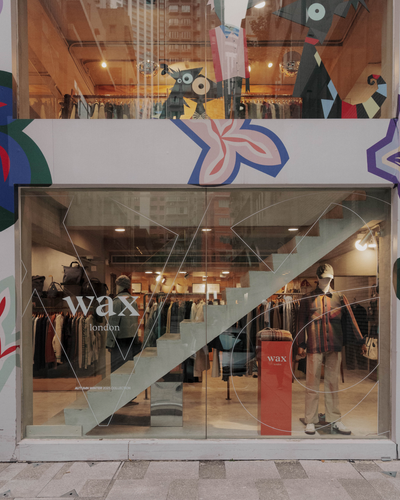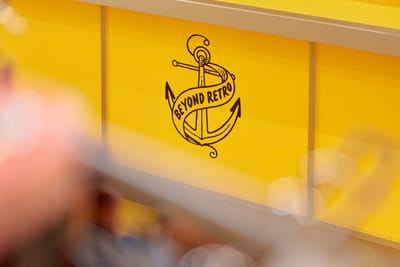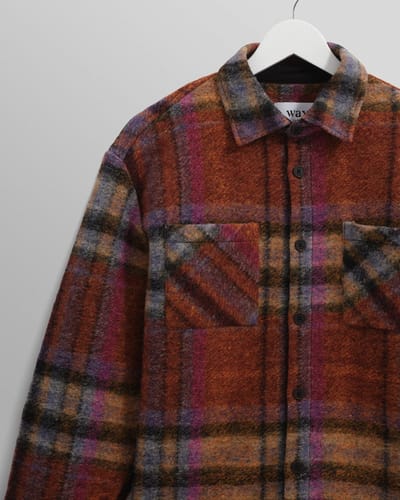The global secondhand apparel market is projected to see substantial growth, with a forecasted value of $367 billion by 2029. This figure represents a compound annual growth rate (CAGR) of 15%, which positions the resale market as one of the fastest-expanding sectors within the global fashion industry.
In comparison, the broader retail clothing market is expected to grow at a significantly slower pace, with estimates predicting a CAGR of just 2.5%. This disparity highlights the increasingly important role that resale is set to play in reshaping the fashion landscape in the years ahead.
In the United States, the growth trajectory is equally impressive. The resale market is expected to reach $74 billion by 2029, growing five times faster than the broader retail clothing market. This represents a CAGR of 9%, a rate that further emphasises the sector’s expansion and the consumer appetite for more sustainable and affordable alternatives to new clothing.
Secondhand clothing has moved from being a niche category to a mainstream shopping option, especially as economic pressures, environmental concerns, and changing consumer habits continue to evolve.
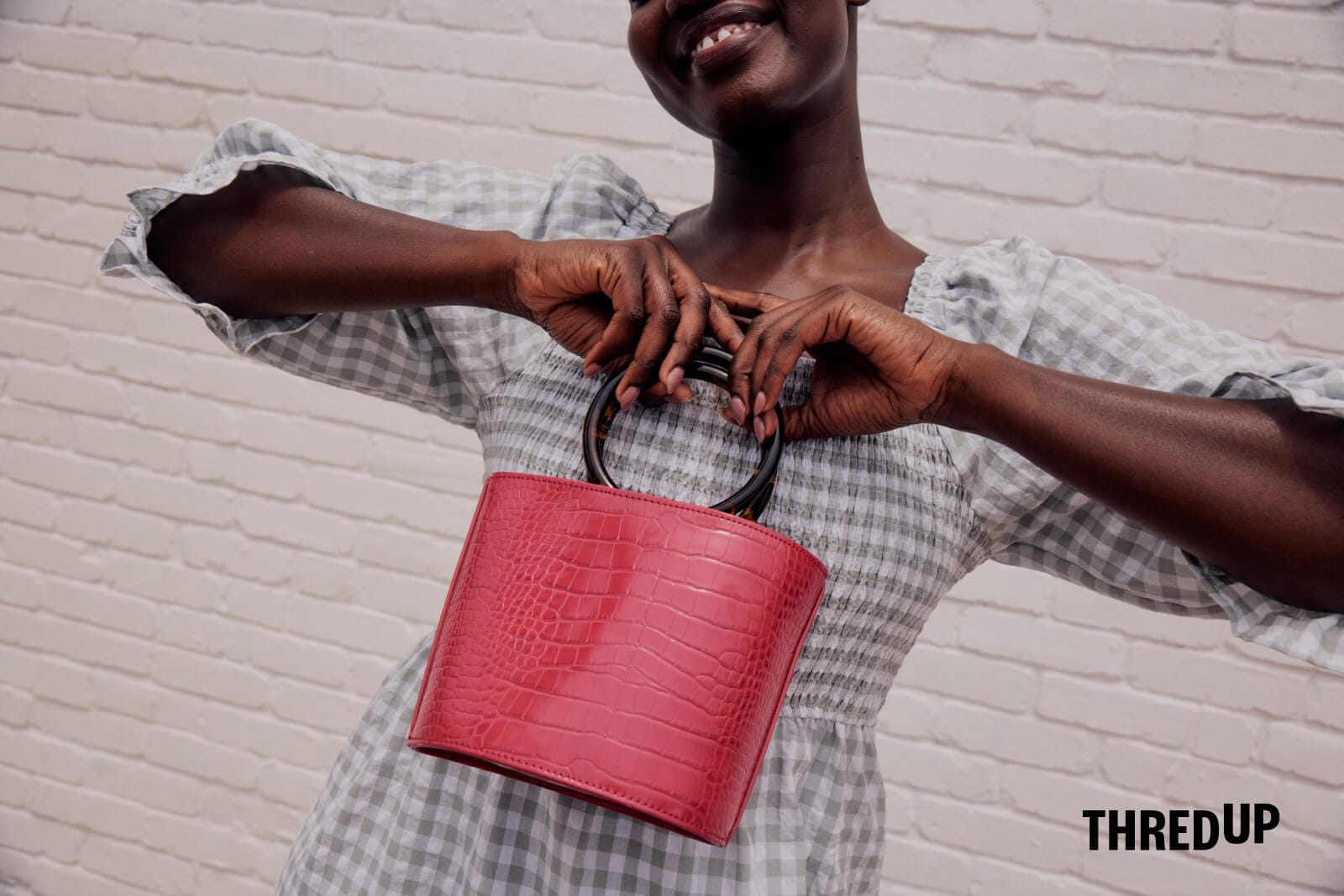
A significant driver of this surge in the resale market is the anticipated rise in tariffs on Chinese goods, which could significantly impact the cost of new apparel. The report notes that nearly 59% of consumers surveyed stated they would turn to more affordable secondhand options if new clothing prices increase due to higher tariffs. Among different generations, Millennials are most likely to make this shift, with 69% indicating they would consider secondhand options more often if new clothes became more expensive.
This change in consumer behaviour underscores the increasing financial appeal of secondhand clothing, especially as inflation and rising costs for new garments affect consumers across various income levels.
The growing shift towards resale is not only a result of cost-saving measures but also a reflection of heightened consumer awareness regarding sustainability. As people become more conscious of the environmental impact of their purchases, secondhand shopping offers a compelling solution.
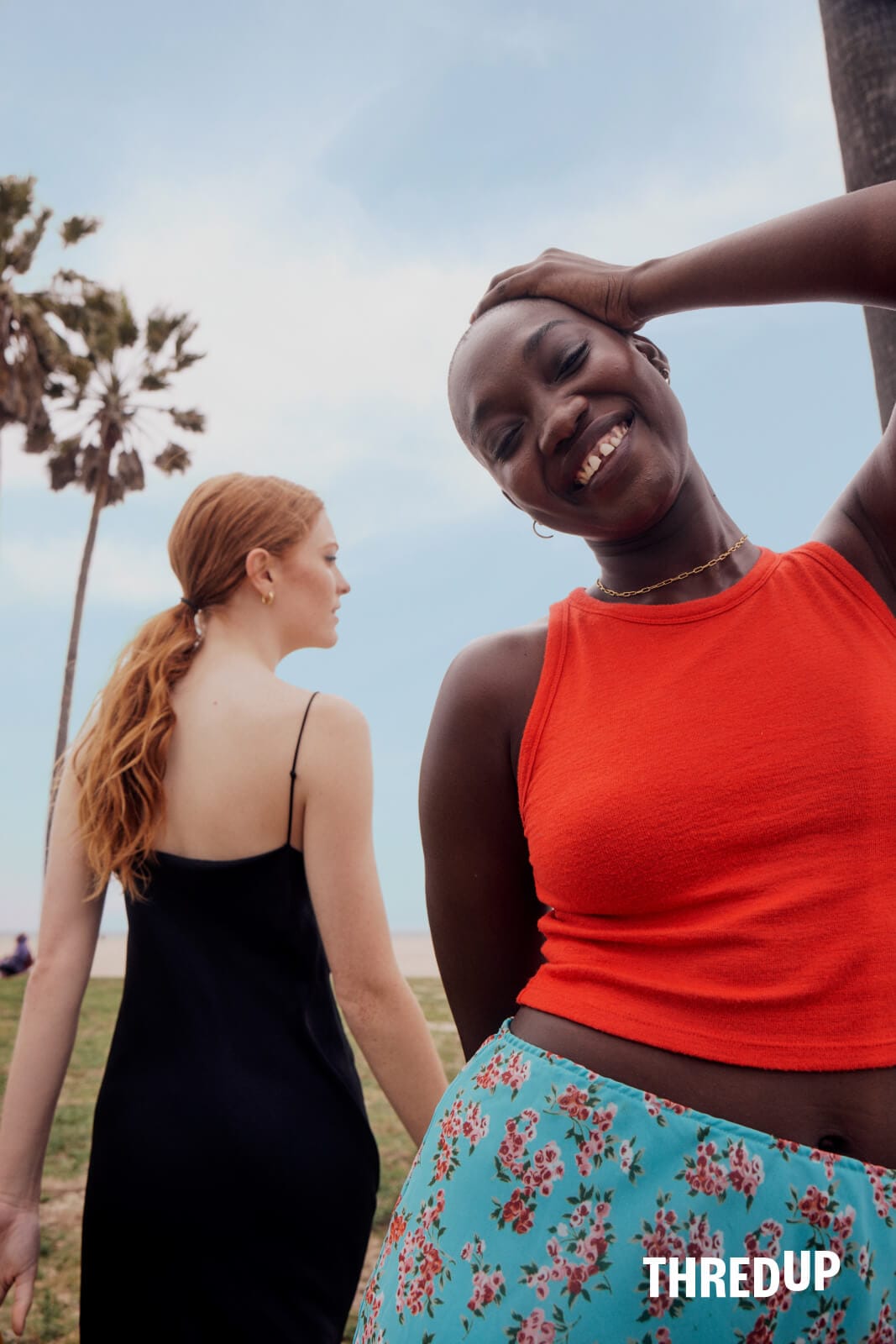
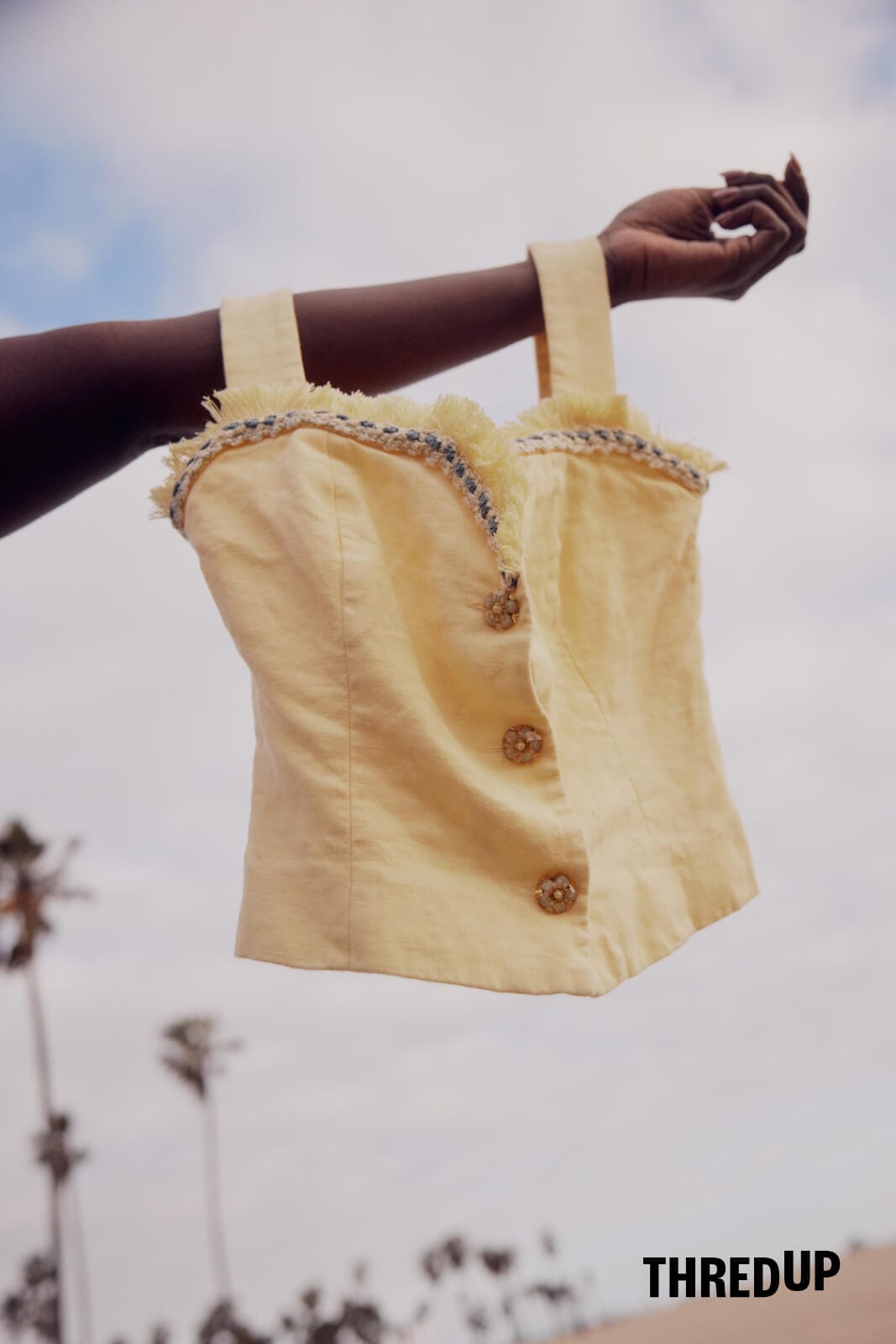
The report highlights that 74% of consumers believe purchasing secondhand clothing is better for the environment, while 68% see it as a means to reduce waste. These statistics point to a clear preference for sustainable shopping choices, with resale growing as an accessible and responsible option for consumers who want to align their purchasing decisions with their values.
Retailers are taking note of these trends, with 80% of retail executives acknowledging that new government policies, including potential tariffs on goods imported from China, will disrupt global supply chains. In response to these potential disruptions, 44% of executives are looking for ways to reduce their reliance on imported goods.
One solution is resale, which offers a more stable and predictable supply of clothing that does not rely on the complexities of global supply chains. According to the report, 54% of executives view the resale market as a more reliable and adaptable source of fashion, making it an attractive proposition as they look to future-proof their businesses in the face of potential trade uncertainties.
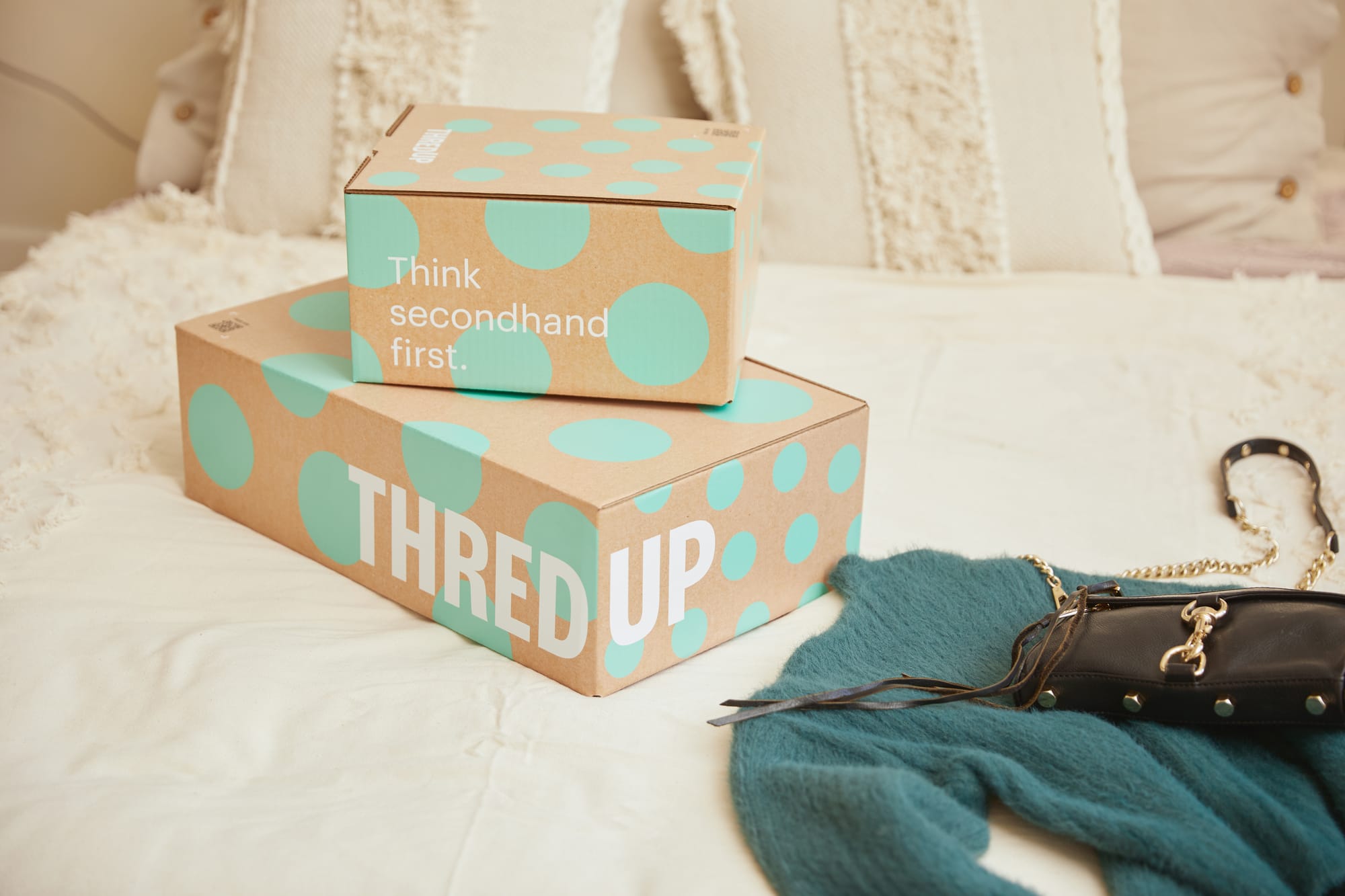
Technological innovation is playing an increasingly important role in facilitating the growth of the resale market. The report notes that AI-driven advancements in online shopping platforms are making secondhand fashion more accessible and user-friendly. Consumers now benefit from improved search functionalities, personalised recommendations, and more accurate item descriptions, which enhance the overall shopping experience and reduce the perceived barriers to purchasing secondhand items.
ThredUp, for example, has invested heavily in these technologies, providing a seamless platform that makes buying and selling pre-owned clothing easier than ever.
Another notable trend identified in the report is the growing participation of younger consumers in the resale market. While the idea of buying secondhand has long been popular among older generations, younger shoppers—particularly Gen Z and Millennials—are driving the growth of resale in the current decade. The report states that 51% of Gen Z consumers have purchased secondhand clothing, with 46% indicating they are open to purchasing resale in the future.
These figures suggest that the resale market is no longer a fringe sector but a mainstream part of the fashion industry, appealing to a wide range of shoppers across different age groups.
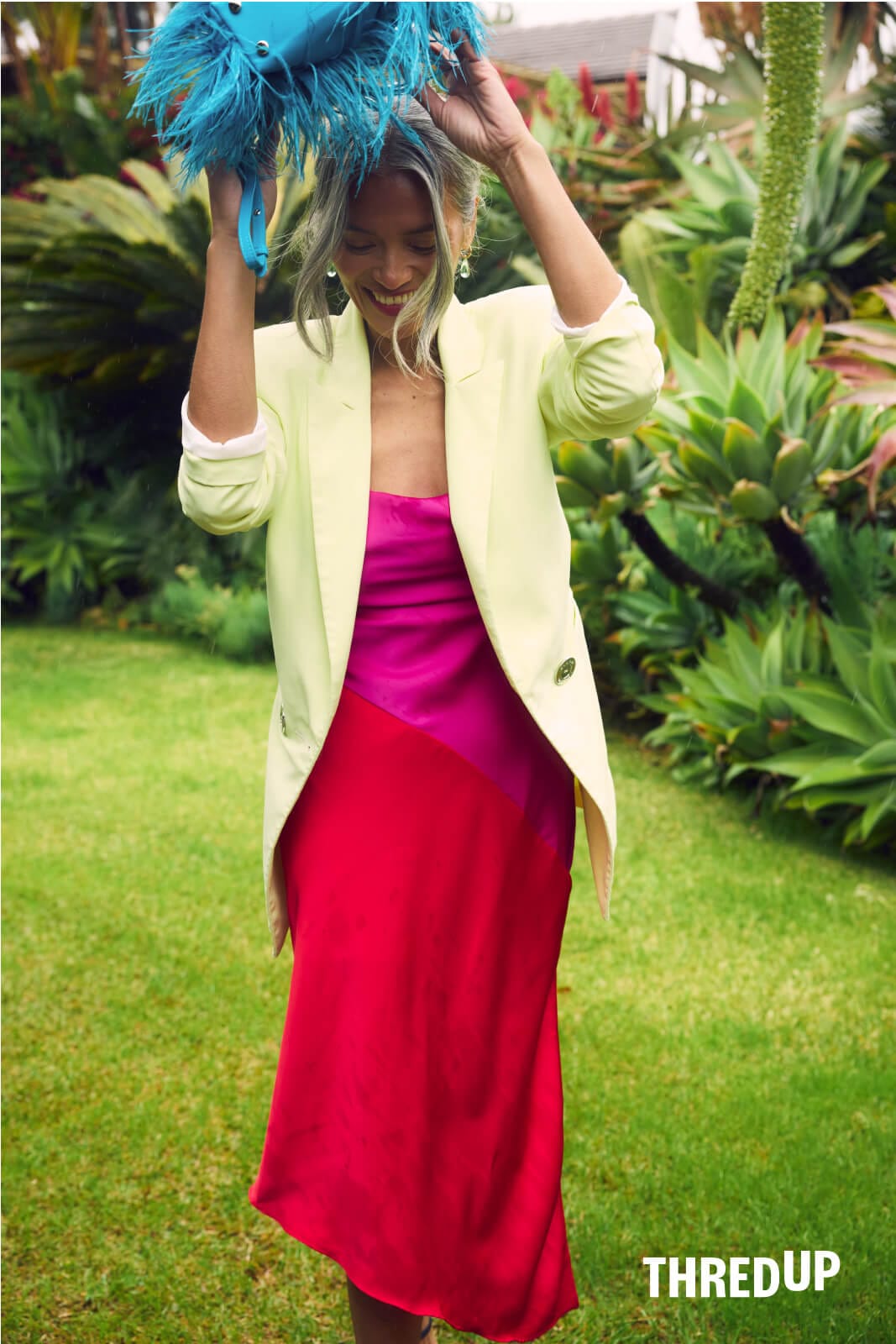
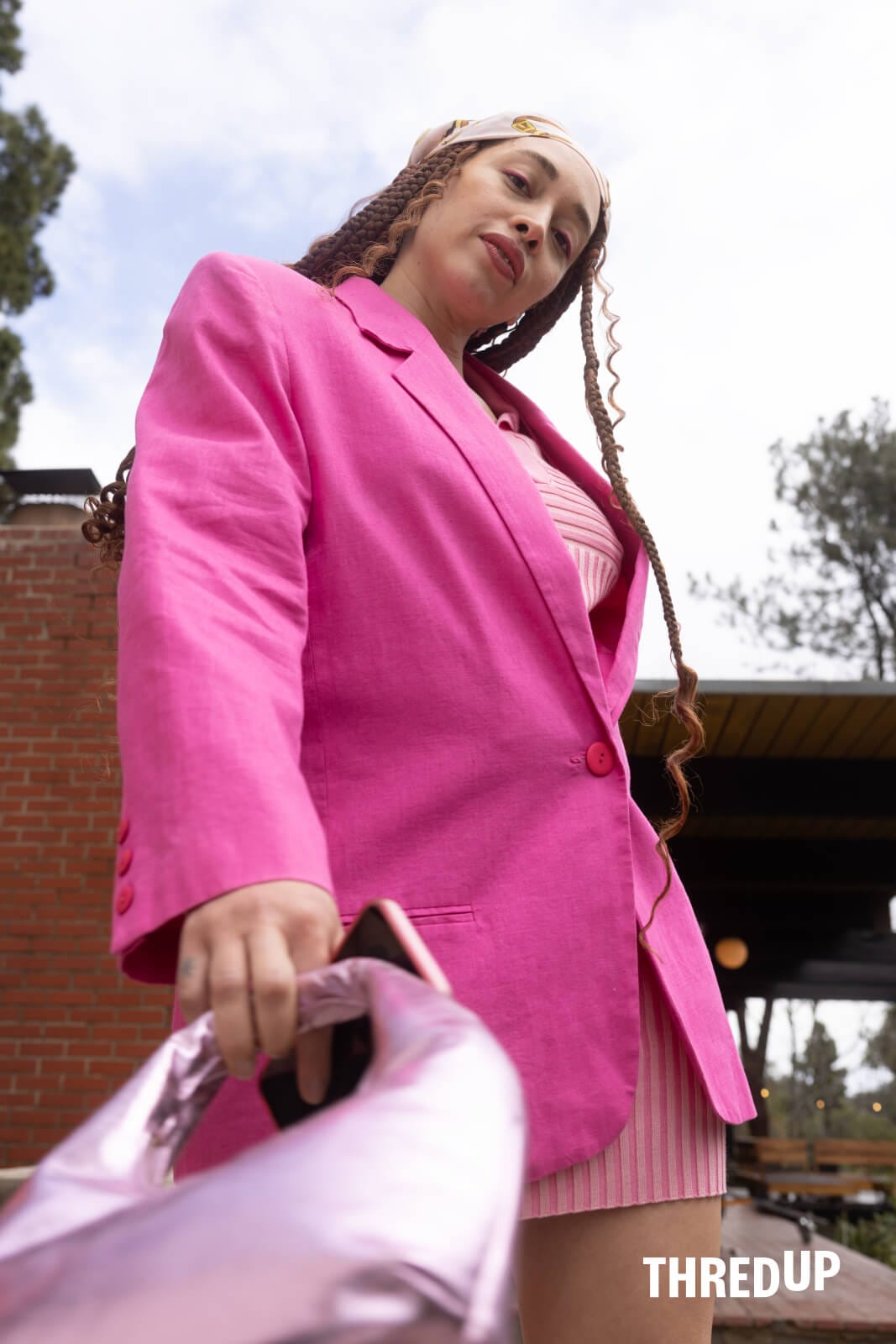
As resale becomes an integral part of the fashion landscape, ThredUp's 2025 Resale Report highlights the shifting priorities in consumer behaviour. Ethical concerns, economic pressures, and technological advancements are all contributing to the sector’s rise. With resale predicted to continue expanding at an impressive rate, the fashion industry is likely to see continued disruption as consumers increasingly turn to secondhand options for affordable, sustainable, and unique clothing choices.
The ThredUp 2025 Resale Report reveals a clear trajectory for the future of secondhand fashion: a dynamic and rapidly growing market that is poised to transform the way consumers shop for clothing. With economic, environmental, and technological factors all aligning in its favour, resale is set to become an even more integral part of the fashion ecosystem. As consumer preferences continue to evolve, the resale market stands ready to meet the demand for more sustainable, affordable, and accessible fashion choices, offering both consumers and retailers an exciting new direction in the years ahead.
Read the full report here.
